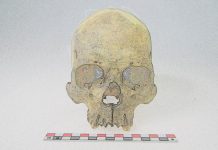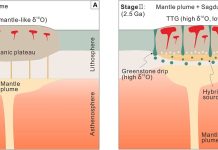
An international team of archaeologists and specialists in archaeogenetics, collaborating with the Hungarian National Museum, has made a significant discovery shedding light on the social practices of the Avar community in what is now Hungary.
Their findings, published in the journal Nature, unveil a network of Avar pedigrees and community dynamics through DNA analysis of ancient remains.
The Avar society, which thrived in the Carpathian Basin from the mid-sixth century onwards, has remained enigmatic due to the absence of written records.
Originating as nomadic people, the Avars transitioned to settled life, establishing villages and cemeteries for their deceased. Despite this, much about their social structure has remained elusive.
Over recent years, excavations in several Avar cemeteries have yielded skeletal remains, providing a window into their past.
Leveraging genetic sequencing and specialized software, the research team delved into the genetic makeup of 424 skeletons from four cemeteries, unraveling intricate kinship connections among them.
Their analysis revealed that a substantial portion—298 individuals—shared biological ties, indicating strong familial bonds within the community.
Utilizing yHaplo software, the researchers discerned patterns suggesting a male-centric lineage system, with males predominantly remaining within their villages.
To mitigate the risk of inbreeding, females often ventured beyond their villages to form partnerships with men from neighboring communities, a practice observed in the burial patterns.
Furthermore, the team uncovered evidence of women bearing children with multiple members of the same family, including fathers and sons or brothers.
These findings parallel reproductive practices observed among other early Eurasian steppe societies, shedding light on the social dynamics and familial structures of the Avar people.
Lara Cassidy, affiliated with Trinity College Dublin, provides further insights into the team’s groundbreaking work in a complementary piece published alongside the research.
The collaborative efforts of archaeologists, archaeogeneticists, and the Hungarian National Museum have illuminated previously obscure aspects of Avar society, enriching our understanding of ancient civilizations and their intricate social fabric.
The research findings can be found in Nature.
Copyright © 2024 Knowridge Science Report. All rights reserved.



